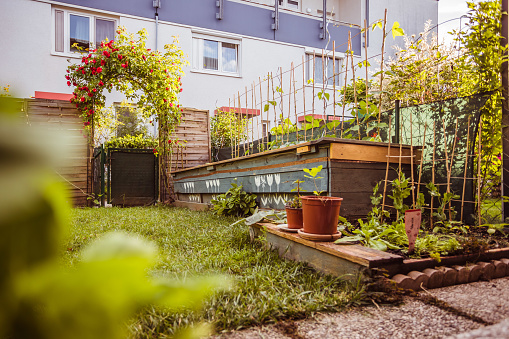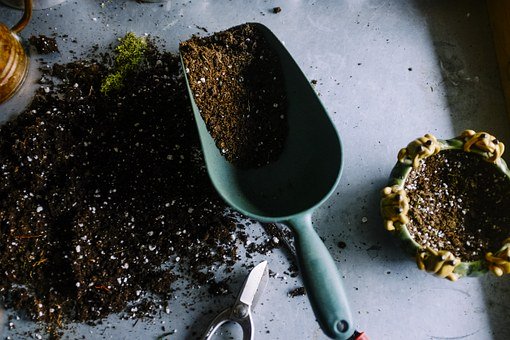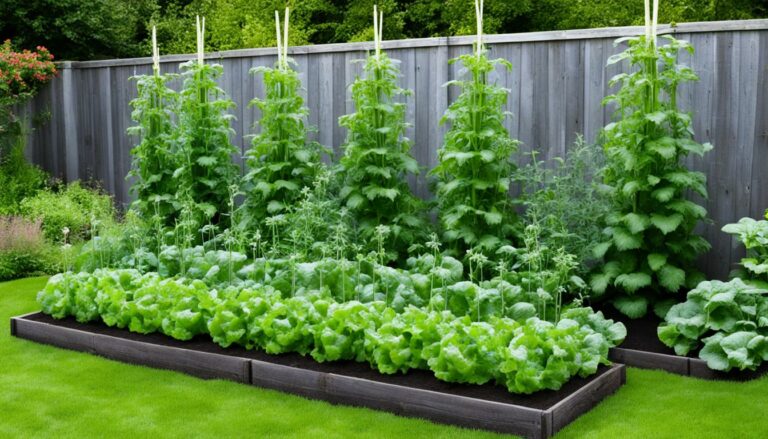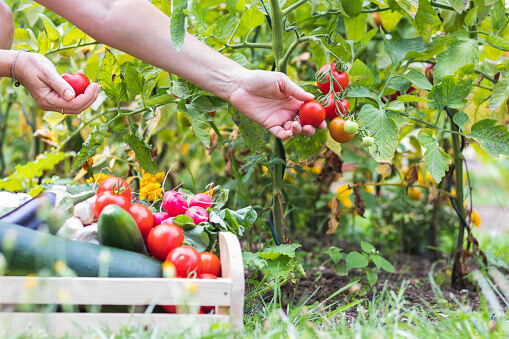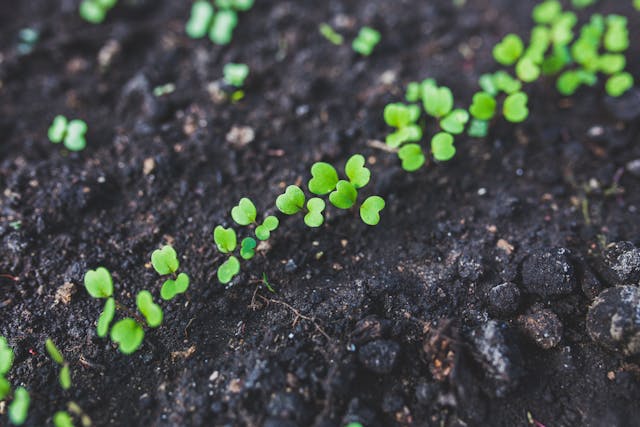The Beginner’s Guide to Urban Gardening 2024
“This post contains affiliate links, which means I receive a small commission, at no extra cost to you, if you make a purchase using this link. Please see my disclosure for more details.”
The Beginners Guide to Urban Gardening
- Growing your own food is kind of cool, and lots of fun! Anyone can do it. During lockdown, I noticed on a few occasions that the supermarkets had run out of various fruit and veggies such as sweet potatoes, pineapples (I think that was everyone making their own pineapple beer!), garlic, and a few other things. However, I think that one of the best things about urban gardening is that you can do it organically and not eat food that has dangerous additives just to make it last longer.
What is Urban Gardening?
There is currently no firm dictionary definition of the term urban gardening. In general, urban gardening is all about growing plants in an urban environment and there is generally a split between rooftop gardening and container gardening.
People have their own definitions of urban gardening, and when I asked a few people, this is what they said:
* Urban gardening means rooftop or window boxes to me. Maybe balcony container growing?
* Urban gardening is learning to garden on a smallish plot of land within a city or suburb. We’re seasoned gardeners with a plot of land but we don’t do well-growing vegetables in containers
* It means mean gardening with little to no land.
How to Get Started with Urban Gardening
In all honesty, you don’t need a lot to get started with urban gardening but there are a few essential must-haves that you need in your gardening toolbox.
These are the must-haves:
– An area where you are wanting to do your urban gardening
– Clean containers for the plants
– Soil and comport
– Shears/ sharp scissors
– Water bottle or watering can
– Plant supports
Not essential, but nice to have:
– Seedling trays are a good idea but not essential
– Gardening gloves
– Hand trowel, hand cultivator,
– Kneeling pad
– Soil moisture meter
– Self-watering spikes
Tips for Success in Urban Gardening
- Start small and choose the right location: Urban gardening can be done in small spaces such as balconies, windowsills, and rooftops. Choose a location that receives the right amount of sunlight for the plants you want to grow.
- Use container gardening: Container gardening is a great option for urban gardening as it allows you to grow plants in small spaces. Use pots, planters, and raised beds to create a garden in your limited space.
- Choose the right plants: Select plants that are well-suited to growing in small spaces and that can tolerate the conditions of your specific location.
- Use composting and recycling: Composting and vermicomposting (worm farming) is a great way to recycle organic waste and provide your plants with the necessary nutrients. Use kitchen scraps and yard waste to create a nutrient-rich soil for your garden.
- Keep an eye on pests and diseases: Urban gardening can be challenging due to the high population density and lack of space, so it is important to keep an eye out for pests and diseases that can harm your plants. Take action as soon as you notice any problems to prevent them from spreading.
Common Questions/FAQ About Urban Gardening
- What is rooftop gardening?
- Rooftop gardening is becoming incredibly popular in the cities. Many rooves of buildings are flat and unutilized, and because they receive the best sun for most of the day, gardens of plants, flowers, fruit, and veggies can grow extremely well.
- What is container gardening?
- Container gardening, also called pot gardening or bucket gardening, this is what a lot of people who have limited space such as a balcony choose to do. It’s quite easy to grow plants this way. You can move them around out of the wind and storms if necessary and you can arrange them and change the look and feel of an area quite easily.
- Where can I grow my urban garden?
- This is the best part of urban gardening – you can do this anywhere you have a little bit of space available! Think of a deck, a sunroom, a patio, or a balcony are ideal. If your space is very limited, you can include vertical gardening in your urban garden too!
- Is urban gardening expensive?
- Nope! If you are looking to grow fruit and veggies and herbs and a couple of other plants, you can almost, almost do this for free – your biggest expense is the soil.
- What can you grow in containers?
- Practically anything! What you will need to consider here is the size of the containers you use for each variety of plants. But you can grow tomatoes, beans, cucumbers, pumpkin, bell peppers, chilies, potatoes, carrots, herbs, butternut…. anything!
- What are the benefits of urban farming?
- You know what is going into the food you are going to eat! You’ll save money by growing your own food, you’ll spend time with your kids or other family members, you will have fresher, healthier foods
The Last Thing You Need to Know about Urban Gardening
You can do this! If you’re looking to start growing your own food and other awesome plants, then follow along. Gardening is relaxing and it is rewarding. The best part is you most probably have most of the things you need to get started at home already.
You can do this frugally, or you can do this with high-end equipment. You can grow food plants, or you can grow flowers. You can do this indoors or outdoors. You can do crazy fun experiments.
Subscribe to the newsletter to following along for tips, watch experiments, see successes, and my giant flops too!
Oh, and please head over to Facebook quickly and follow along on our Facebook page.
